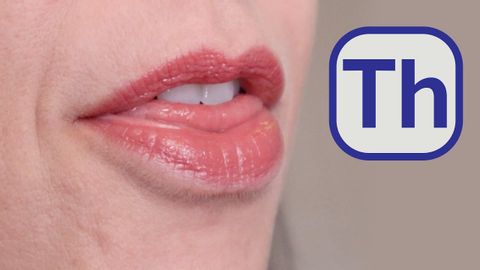英語TH - アクセントトレーニング (English TH - Accent Training)
林宜悉 が 2021 年 01 月 14 日 に投稿  この条件に一致する単語はありません
この条件に一致する単語はありません- n.言い回し;音楽の節;語句;句
- v.t./i.言い表す
US /ˈpræktɪs/
・
UK /'præktɪs/
- n.仕事;練習すること;慣習
- v.t./i.開業;従う;練習する;実践する
- n. (c./u.)(ある土地に)生まれた人;全国の;(ある言語を)第一言語とする人
- adj.生まれつきの
エネルギーを使用
すべての単語を解除
発音・解説・フィルター機能を解除

